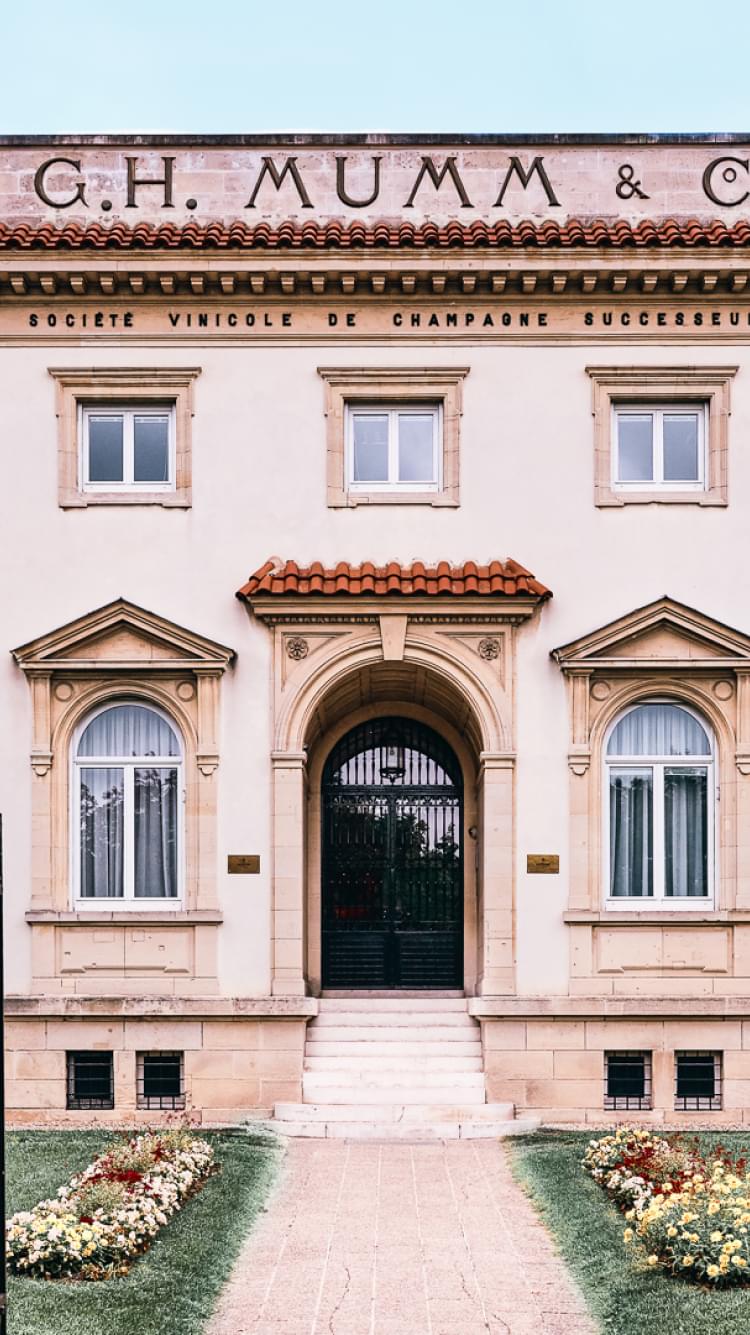

The House
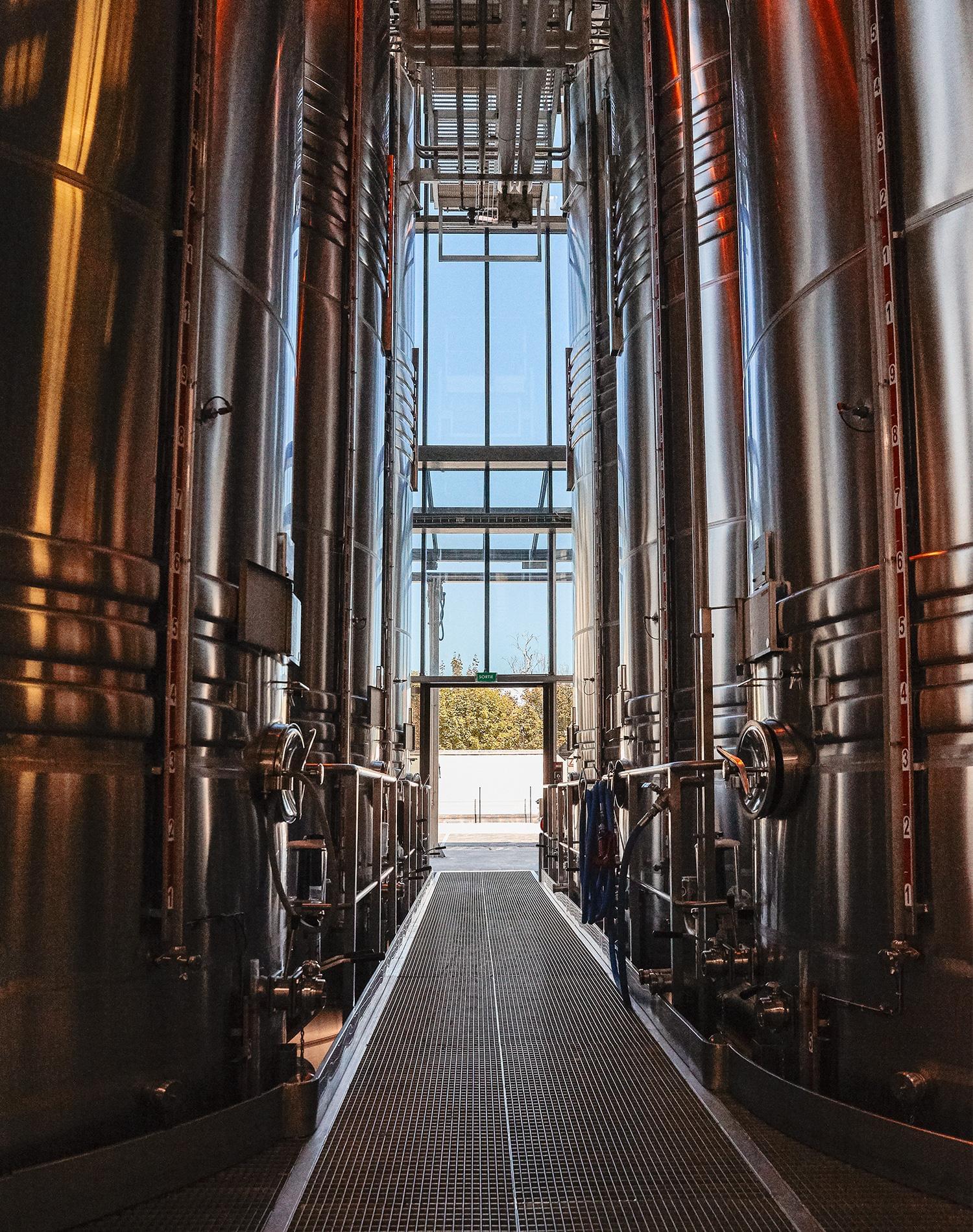
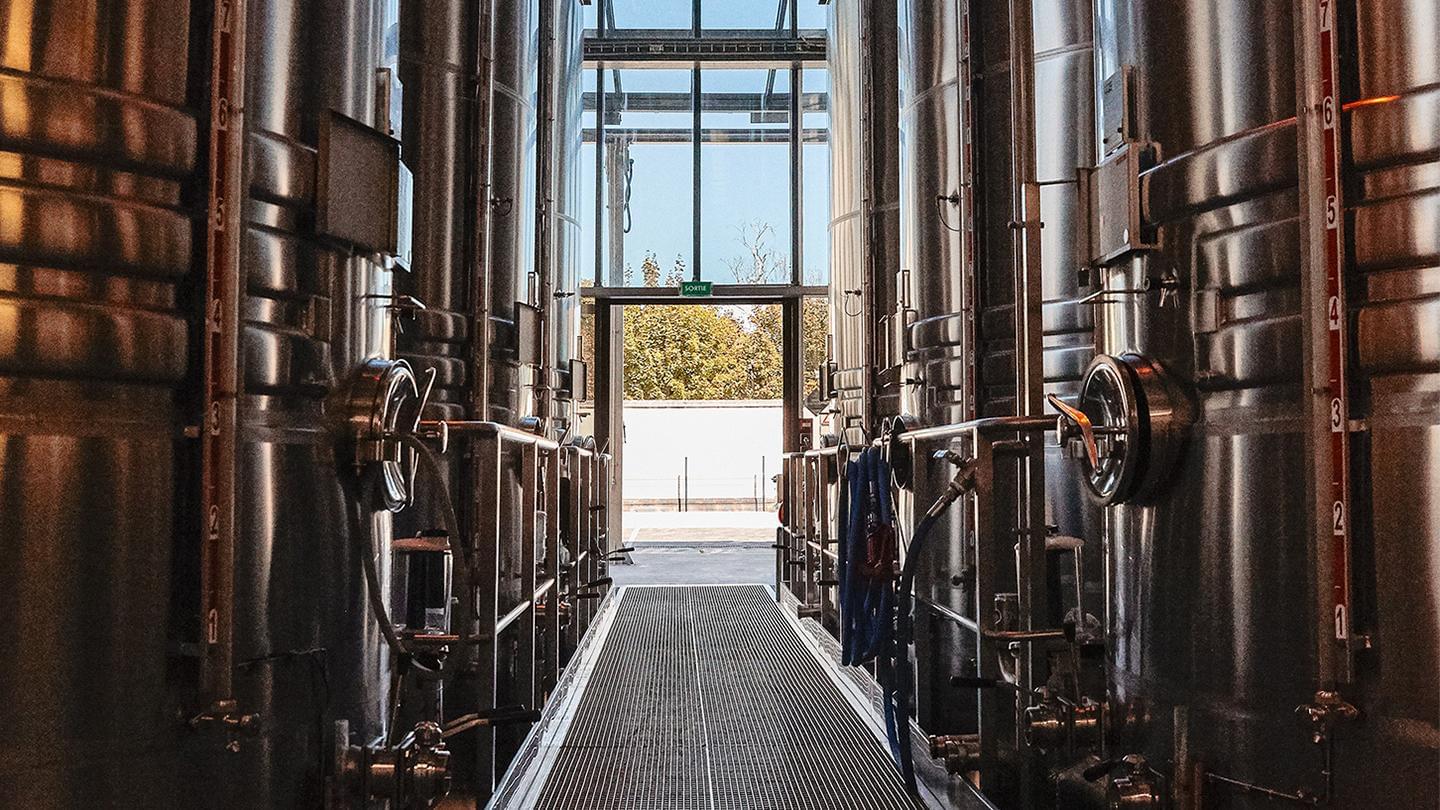
Welcome to
Maison Mumm
A place of passion and know-how where champagne has been made since 1827.
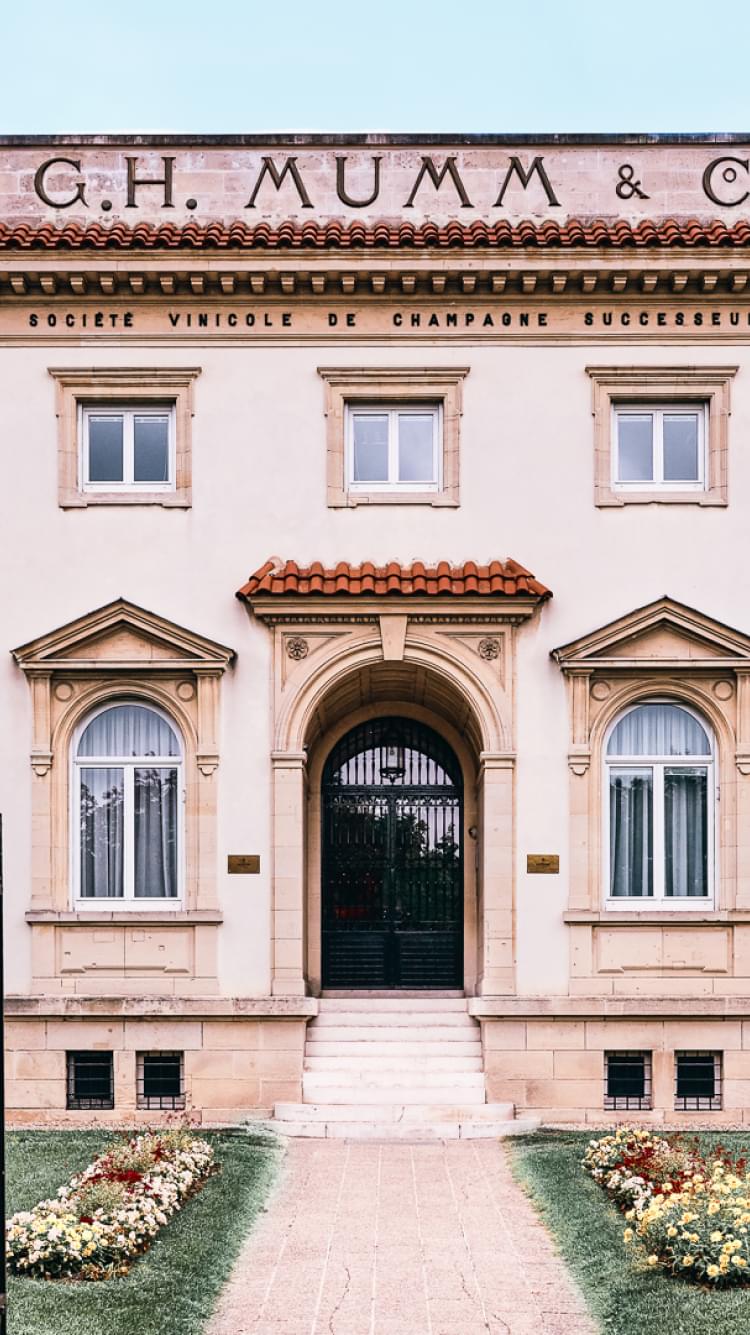

How is champagne made?
Time for fermenting
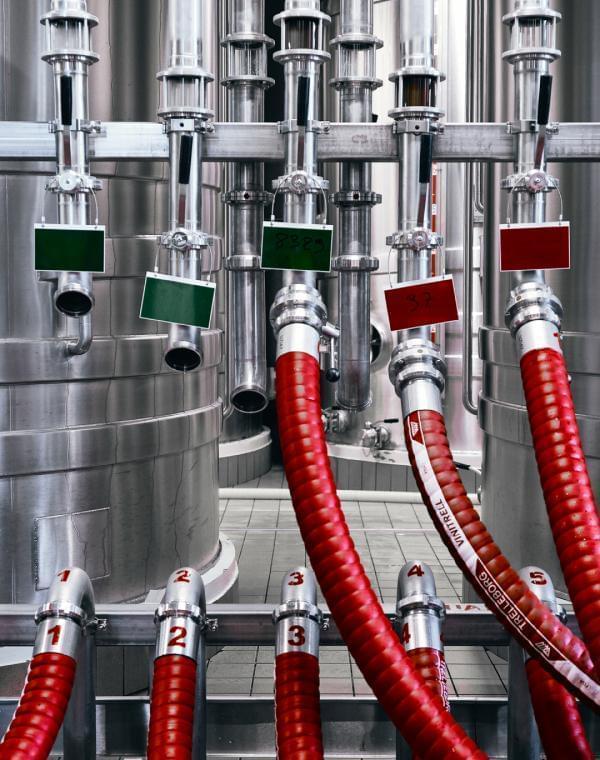
After pressing, the must is stored in vats for about two weeks at between 18°C and 20°C for alcoholic fermentation. During this process, natural yeasts convert the sugar in the must into alcohol and carbon dioxide, turning the juice into still wine. Mumm is careful to keep the different crus and grape varieties apart, ensuring the character of each terroir is preserved until blending.
Once more, with bacteria
After the primary fermentation with yeast has taken place, Mumm undertakes a further fermentation of its wines—this time with bacteria. This natural process, known as malolactic fermentation, turns malic acid into lactic acid, smoothing out acidity and bringing rounder flavors to the wine. Mumm has always undertaken malolactic fermentation, although this is optional, rather than a legal requirement of the champagne appellation.
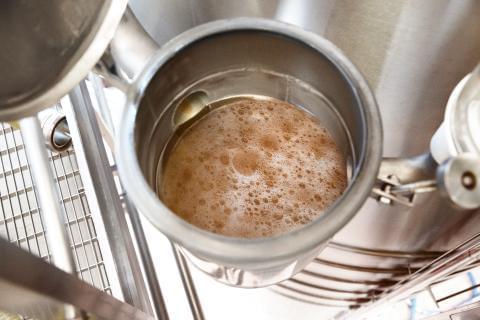



Meet Yann Munier, born in the heart of the Champagne region.
Since April 2024, Yann has undertaken the role of Cellar Master, becoming the custodian of the House’s style.
His mission is to ensure the consistency and signature taste of Mumm champagnes, especially during three key moments: the harvest, the fermentation and blending. These winemaking processes are crucial for the Cellar Master to maintain the freshness, vibrancy and intensity that create the signature taste of your Mumm champagne.
Yann Munier’s vision of champagne is of a wine that is both alive and constantly evolving.
He looks towards the future with the same avant-garde spirit that has inspired Mumm since its very beginnings.
The art of blending
Blending is the art of combining still wines made from different grape varieties and crus to create champagnes of consistent excellence that are true to Maison Mumm’s house style. This subtle art is considered to be the ‘signature’ of any champagne house and its Cellar Masters. To reach the blending stage, around 2,000 samples are tasted, noted and memorized every year by Maison Mumm’s Cellar Master and his team of expert winemakers.
Up to 77 different crus go into the Cordon Rouge blend each year to ensure its inherent style.
To ensure Mumm’s champagnes retain their usual depth and freshness year after year, reserve wines are stored carefully. This gives the Cellar Master a broad palette to work with and helps smooth out contrasts between each year's grapes. In certain years when the harvest is exceptionally good, however, the Cellar Master may decide to create a vintage, for which only wines of that year may be blended.
The goal is always the same, and always a challenge :
To identify the wines that faithfully reflect the signature Mumm style once blended.
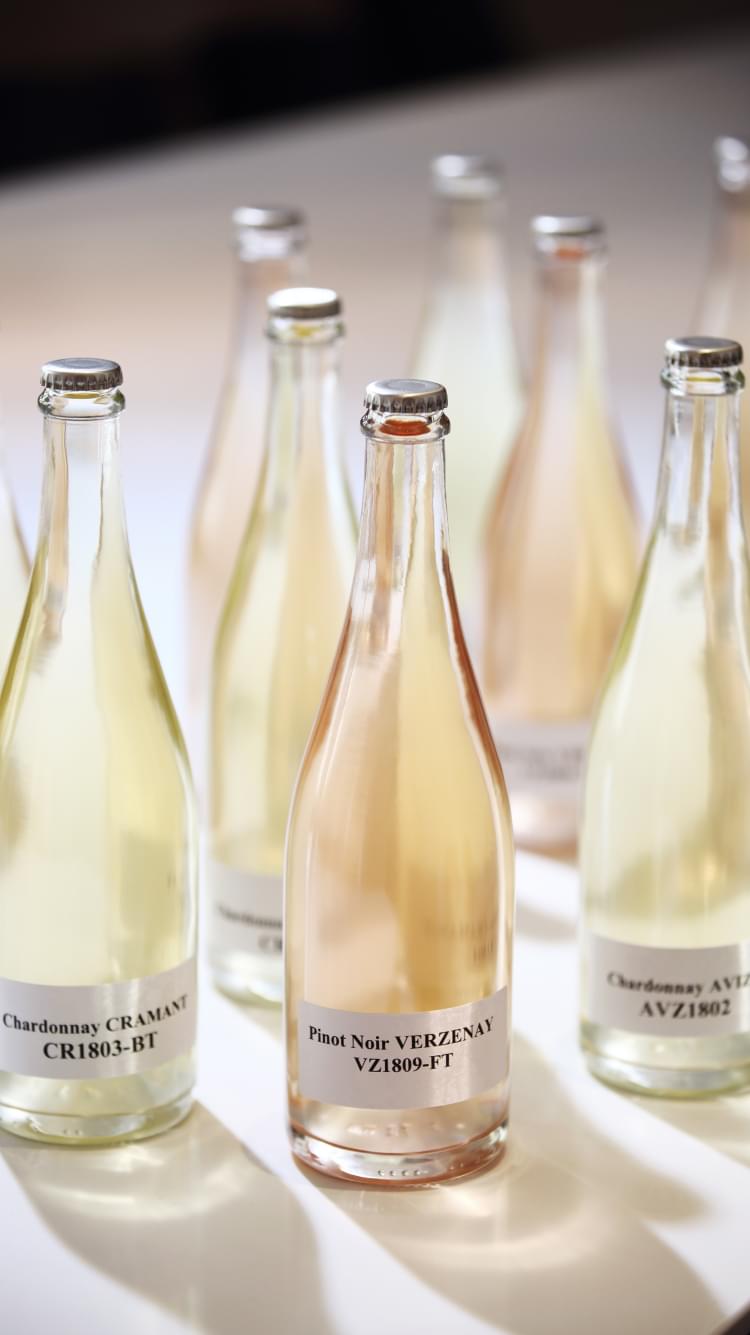
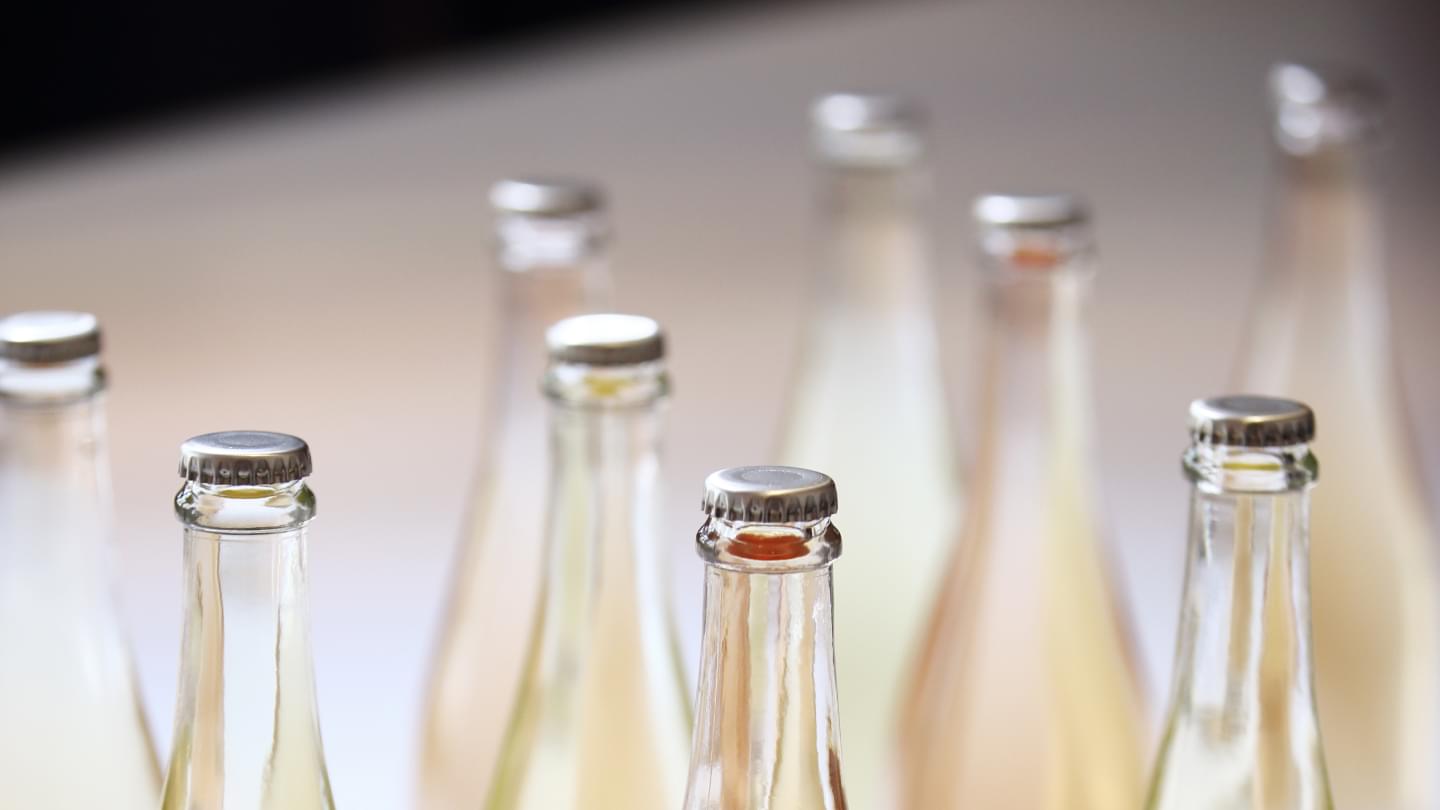
Revealing the essence of
Pinot Noir
Mumm has succeeded in tempering Pinot Noir’s austerity and developing its innate elegance. With each blend the House renews its exploration of the variety’s infinite potential, refining and transmitting a unique savoir-faire. And with each cuvée, Mumm exalts a different dimension of the grape’s multifaceted personality.
What makes champagne bubbly?
Now it’s time for the bubbles to work their magic and for the wine to become champagne. This happens when a small amount of wine mixed with yeast and sugar—called the ‘liqueur de tirage’—is added to the blended wine as it’s bottled.
The liqueur de tirage triggers a second alcoholic fermentation. Over the course of a month, at a constant temperature of 11°C, bubbles gradually form. This is how the wine becomes sparkling and how champagne is made. Its alcoholic strength increases from 11% to 12%.
The quality of this fermentation will determine how gentle the sparkle of Mumm’s champagnes is.
It also has an influence on the freshness and depth of the champagne.
As the bubbles are formed, the pressure inside the bottle increases, reaching as much as 6 bars.